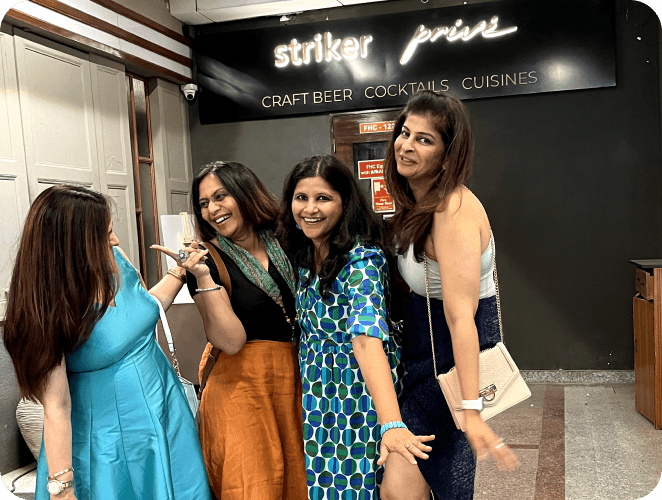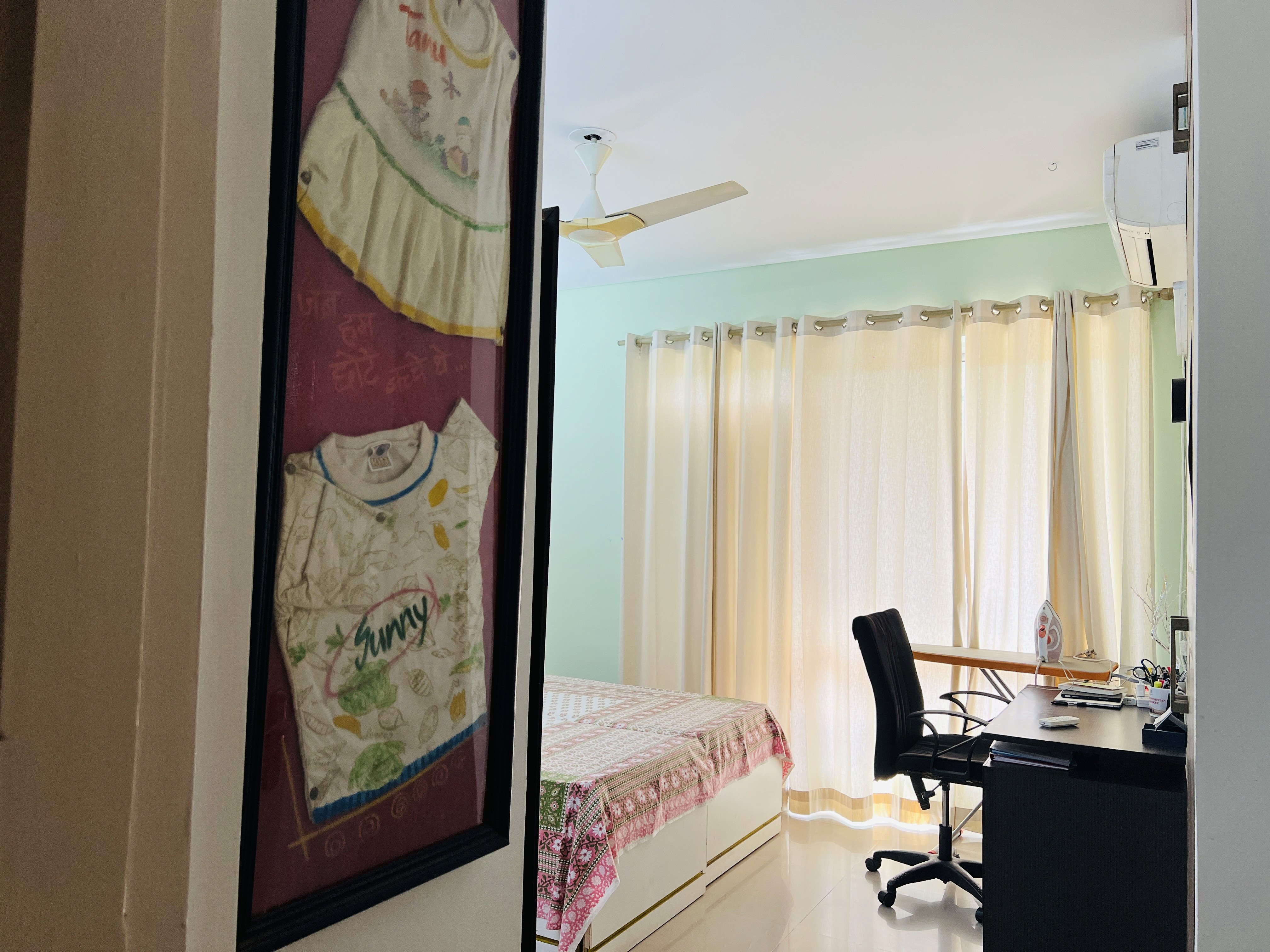When you think of New Year’s Eve, what comes to mind? For me, it's memories from past celebrations. One memory sparks another, and before you know it, a chain of memories unfolds. Why does that happen? It’s because our minds pick up cues—through images, thoughts, smells, and touch.
Just yesterday, my husband was watching a video with a familiar background score. It was the same music we used in one of our plays, Rock. It was part of a scene that’s dear to me. As soon as I heard it, a rapid sequence of memories began: from that play, to that scene, to our performance at Sriram Centre, to the rehearsals, the director’s instructions, the photoshoot, and the bond between the cast. All these moments, including the challenges we faced, flooded back instantly. The theatre, in that moment, reminded me of how it prepares us to tackle life with spontaneity. And yet, in reality, only a few seconds had passed.
It’s amazing how our brain operates, isn’t it? The wiring is so fluid and quick. Neuro-Linguistic Programming (NLP) explains this well—it teaches us that our brains latch onto cues, forming connections instantly.
Now, imagine using these cues in a purposeful way—especially when adjusting to empty nesting. As moms, we're often triggered by certain sights, sounds, or even smells that remind us of our children's presence, creating emotional loops that bring a mix of joy and longing. But what if we could intentionally use these cues to create a new set of associations? Just as theatre helps us process emotions and navigate life's challenges, we can use these memory triggers to construct a new narrative, one that fills the current phase of life with new meaning, purpose, and joy.
Let’s think about it—how can we embrace these cues to benefit us, to help us adapt, and find fulfillment in this new chapter.
Here are a few ways to use cues intentionally while adjusting to empty nesting:
Redefine Spaces: Transform rooms or spaces into creative or relaxing areas for yourself, making them symbols of growth rather than reminders of the past.
Create New Rituals: Replace old family activities with new traditions—like joining a hobby group or starting a weekly meet-up with friends.
Use Positive Sensory Cues: Play music or cook meals that inspire you. Over time, these sensory experiences will evoke joy and present-moment fulfillment.
Engage in Art: Channel your emotions into creative expression, such as painting or journaling. This turns nostalgia into a forward-focused reflection.
Travel to New Places: Visit unfamiliar locations to create new memories and fresh associations, symbolizing a new chapter in your life.
By gradually rewiring your brain with these cues, you can shift from longing to embracing your new, fulfilling phase.






